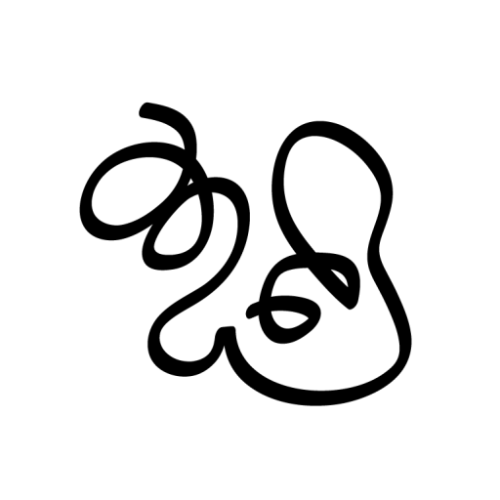
Apostrophe as a point of entry into an alter-reality
Apostrophe as a point of entry into an alter-reality
Apostrophe comes from the Greek word that translates into ‘turning away’, or ‘elision’. It often resides between alphabets, lending them their meaning by simply being there as punctuation mark, showing possession or omission in a sentence. Often seen as almost a non-entity, or a fragment of a linguistic sign that tends to slip away from our memory even when we are engrossed in reading a stimulating text, each Apostrophe is actually assigned an operation fit for a giant.
In the literary landscape Apostrophe assumes the role of a figure of speech – a rhetorical device to transcend the here and now to imply the unimaginable. It is about an unfolding in the very locus of imagination, as in the case of “O”, which is an opening of sorts through which to enter the alter-world.
When imagination has its free reign over everyday logic and rationality, an alter-space is made to appear which gives rise to a moment of pause.
This is how we liberate ourselves from the material world and become free of any mental and physical constraints. Once separated from the regular flow of time a verse or a poem and even a prose are to be seen inflected with what seems like something akin to child’s play where the subject is speaking to the object of meditation — namely the sky, the moon and even the ocean or the cosmos. As one hums in one’s mind the children’s rhyme “Twinkle, twinkle, little star / How I wonder what you are”, one realizes that this age-old creation situates us right next to what we are not, what we do not know about, and what we shall never be able to become one with. This feat of floating over facticity is an imaginary idea, or an apostrophe – one that pushes us to our limits making the mind hover over the world.
What does apostrophe stand for in the realm of the arts? What function do we assign to this tiny, lightweight “mark” once it enters the domain of prints or multiples? It plays its traditional role of being the substitute for a range of processes which are never legible in the final work. Say for example the complex processes of etching and aquatint – the end results always as a rule supersede the emotional and material investments that have gone into them.
So many are unaware of what transpires before the neatly developed images on paper are placed in the hands of the connoisseurs. Like any other artwork, a print has the “aura” inscribed in its imagery. Perhaps in prints or multiples this thing called aura seems even more pronounced — it is found in the most delicate form in etching since this method requires the artist to be more attentive to the details.
“God is in the detail.” Shunno’s venture entitled Apostrophe is a way for us to bridge the gap between what appears to the naked eye and what transpires behind the scene. Through a selection of contemporary multiples we simultaneously set our eyes on the horizon to point at the brightest stars among the multitude of printmakers. Our gaze thus remain fixed on both the process and the end result – and we hope the latter places us closer to beauty which is of transcendent value.



